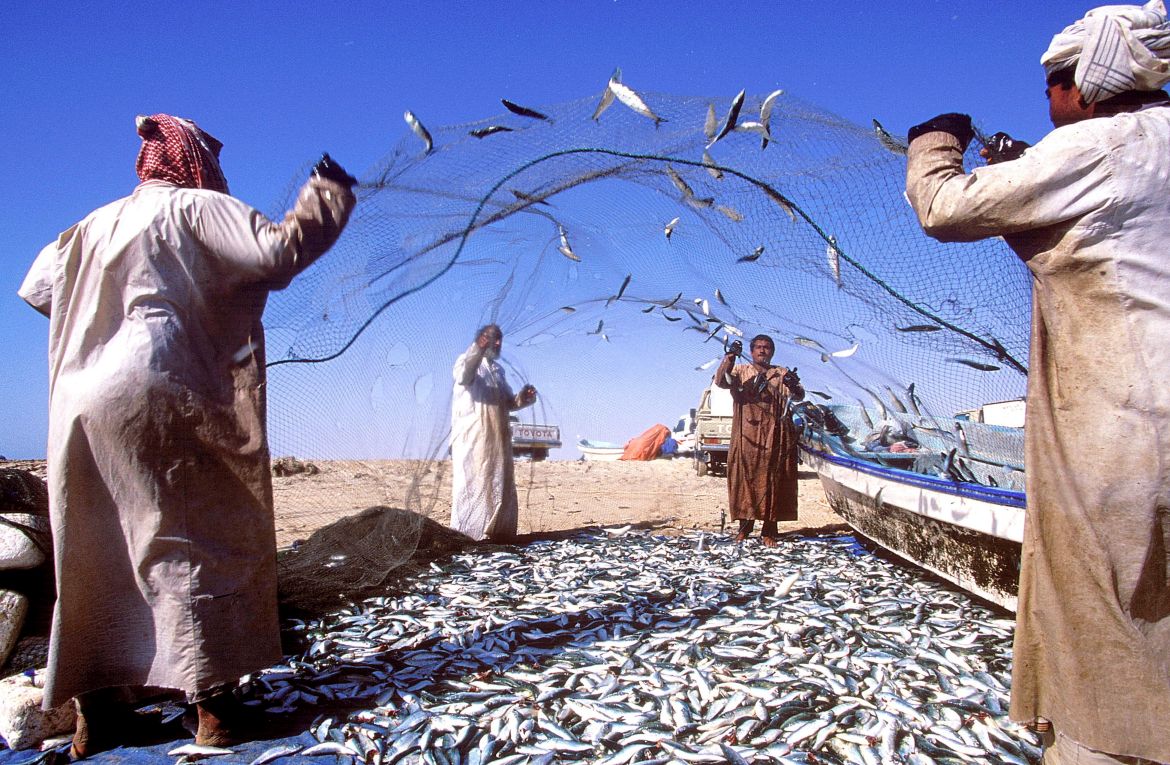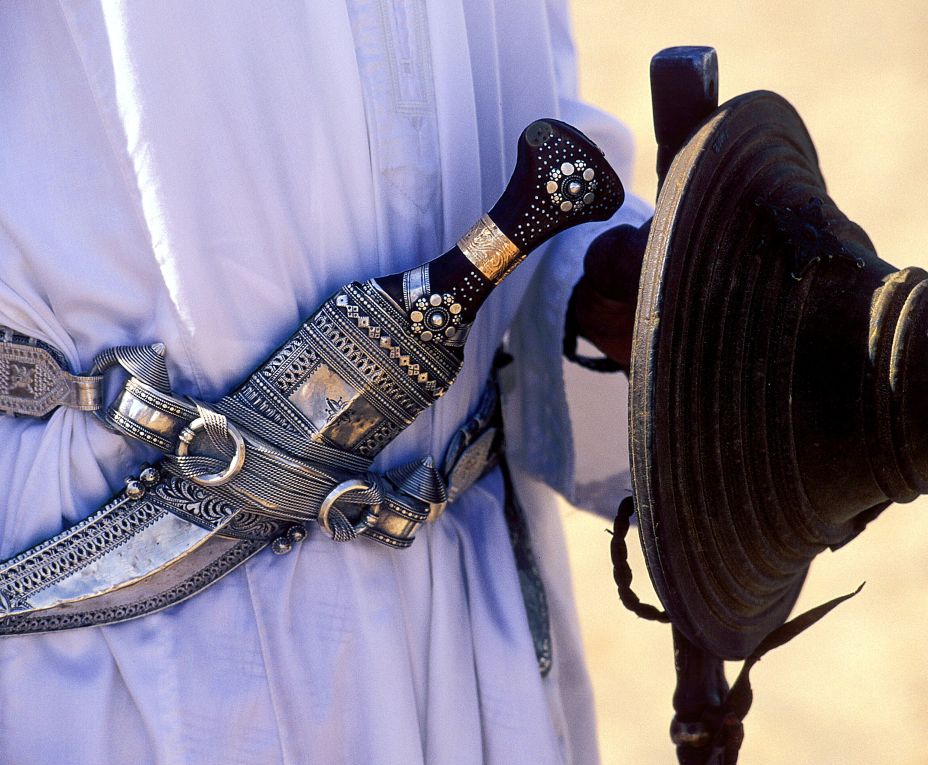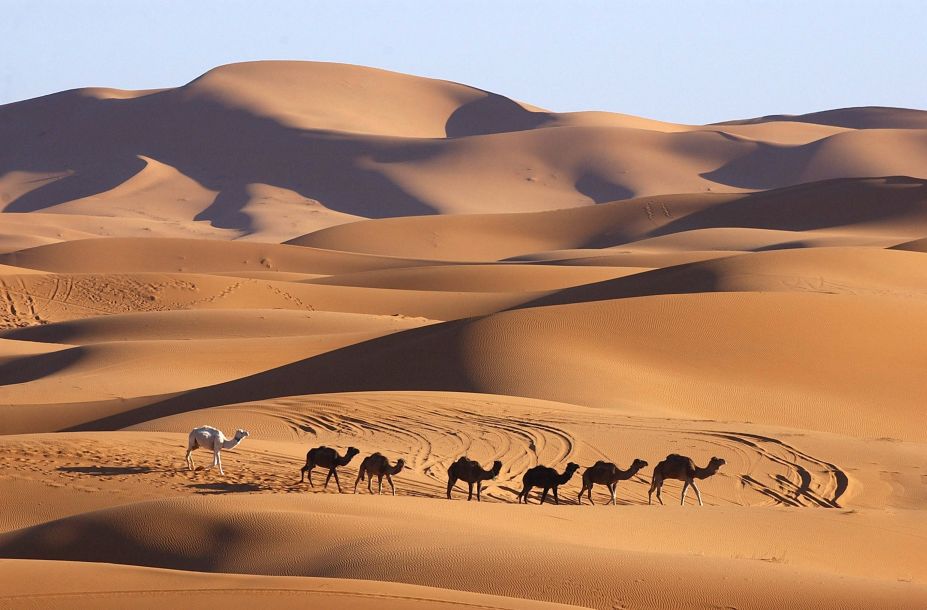Oman is one of the world’s most sought after destinations for 2021, but behind its modernity lies a rich history laced with myths and majesty.
A scrubby tree looking more dead than alive in a stony desert is an unlikely basis for an economy. This, however, is no ordinary tree. The clue is its trunk, covered in scars that yield sap that crystallizes into one of the most precious commodities known to the ancient world – frankincense. This was the incense, once more valued than gold, that the Queen of Sheba gave to Solomon, that Queen Hatsheput burned in her Luxor temple, and that the Magi took to the infant Jesus.
The frankincense trade brought vast wealth to Oman, especially to the southern region of Dhofar, producing cities and palaces of dazzling splendor. One, Sumhuram, sits on a promontory looking out across the blue Arabian Sea and is said to have been the palace of the Queen of Sheba. The even more famous Omanum Emporium featured on Ptolemy’s map of 150AD; built to rival paradise, it was surrounded by marble walls, set with precious stones and topped with golden roofs.
Omanum Emporium – known as Irem in the Koran and Ubar in tales from One Thousand and One Nights – was famed for its debauchery and paganism, provoking the wrath of Allah who buried it under the sands. There it stayed, despite many expeditions to find it, until an octagonal fortress with nine towers was discovered by satellite in 1992 in modern Shisr.

Surrounded by a web of caravan tracks thousands of years old, Shisr could just be the fabled capital of the frankincense trade. The journey there alone is pretty exciting. Leaving the empty white beaches of Dhofar’s coast, populated by flocks of flamingos, you drive through fertile river valleys into the magnificent jebel, the mountains, home to soaring eagles on the edge of the Empty Quarter and 400,000 square kilometers of a shadeless, windswept, shifting sea of sand.
On Shisr’s other side, paradoxically, is the region of the al khareef rains, the tail of the Indian monsoons that fall here as a misty drizzle in summer. The gardens around the regional capital, Salalah, burst into flower, bananas, papayas, and coconuts flourish, wadis become fast-flowing rivers and the southern slopes of the jebel turn green and fertile.
It’s not just the weather that confounds western expectations of the turbulent Middle East. Oman is a stable, peaceful country, spotlessly clean (the capital Muscat is regularly listed among the world’s cleanest cities). Its modernity is based, like its neighbors’, on oil and gas, but this is no Dubai or Bahrain. There are no steely skyscrapers here and the architecture speaks in the vernacular. For the traveler in search of Arabia Felix, only Oman will do. Souks sell leather, pottery, silver, hunting guns, the silver-sheathed khanjar knife, the national symbol, and, of course, frankincense.

The magic of the desert – with its beautiful amber and gold dunes – is just two hours drive from the capital in the Wahiba Sands. Bedouins live here with their goats and camels and there are a handful of luxury encampments. You can ride a camel into the sunset, then storytellers with the silvery tongue of Sheherezade, the lead character in One Thousand and One Nights, or musicians and dancers will beguile the evenings under a starry sky.
Legend and modernity rub shoulders here constantly and the taste for dazzling Arabian palaces has never really gone away. Hotels are at the magnificent end of the spectrum, their entrances still scented with frankincense. The tone is set by the Al Bustan Palace – with an atrium high enough to stand a jumbo jet on its tail. This is not a land where minimalism comes easily. It may be some time since the Queen of Sheba passed this way, but a love of opulence still lingers like a legend in the sands or the scent of frankincense on the air.
For more Destination inspiration click here.

